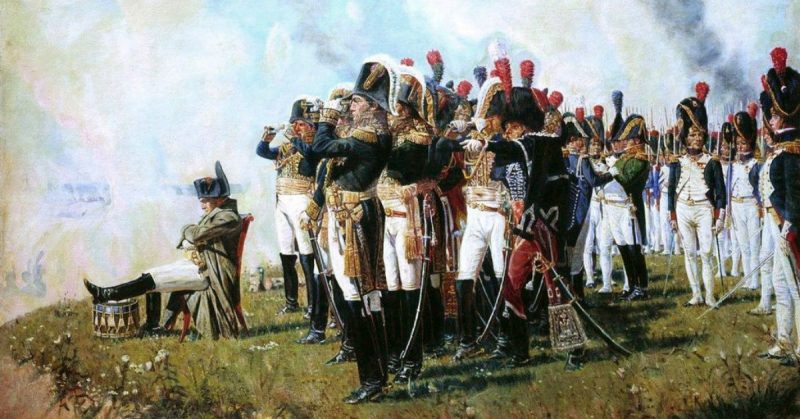There are no rules to war. There are no guarantees and no certainties. Usually, when one force breaks and runs, it signals the end of hostilities and the advent of the final stage — often a decisive slaughter followed by capitulation.
But sometimes when an army retreats, it’s a deliberate tactic to draw the attacking forces into a false sense of security. It can be used for the purposes of flanking an enemy, strategically altering the defensive circumstances in an advantageous way, or even drawing the enemy into an ambush.
In some cases, historic retreats have altered the course of nations or even added to the survival potential of a new set of religious ideas.
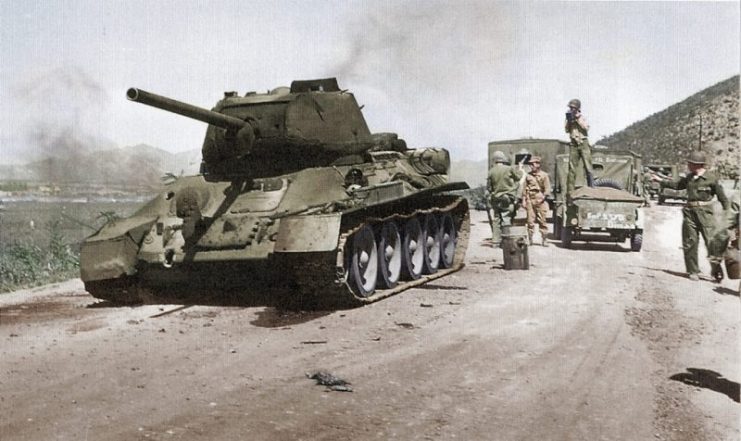
Here are four instances where military retreats were undertaken for interesting reasons. The outcomes vary, but the stories show true ingenuity in battle strategy.
Pelusium
The stage was set: Cambyses II of Persia had drawn siege lines against the Egyptians, specifically their cities of Memphis and Gaza. The reigning Pharaoh of the age, Amasis II, had died just before these attacks, and so the battle was led by Psamtik III, who arranged his forces to meet with the Persians outside of Pelusium.
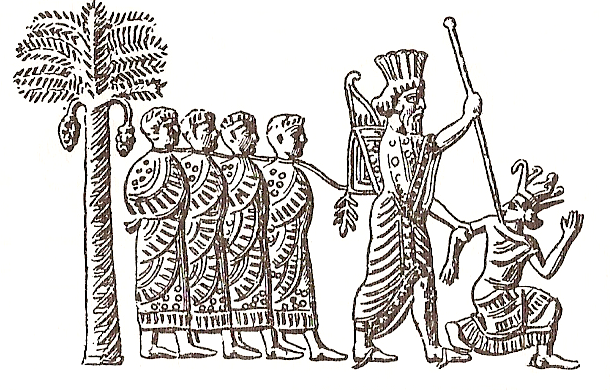
Cambyses was a peculiar general, but a brilliant tactician. He understood his enemy in great detail and knew for a fact that the Egyptians held a religious devotion to cats. Cats were sacred and related to the goddess Bastet. It was a capital crime to kill a cat in ancient Egypt.
So the Persians painted their helmets with cat faces and released cats before the attack. The Egyptians could not harm the animals, and so they fled, resulting in a decisive Persian victory.
That is how Egypt joined the Achaemenid Empire.
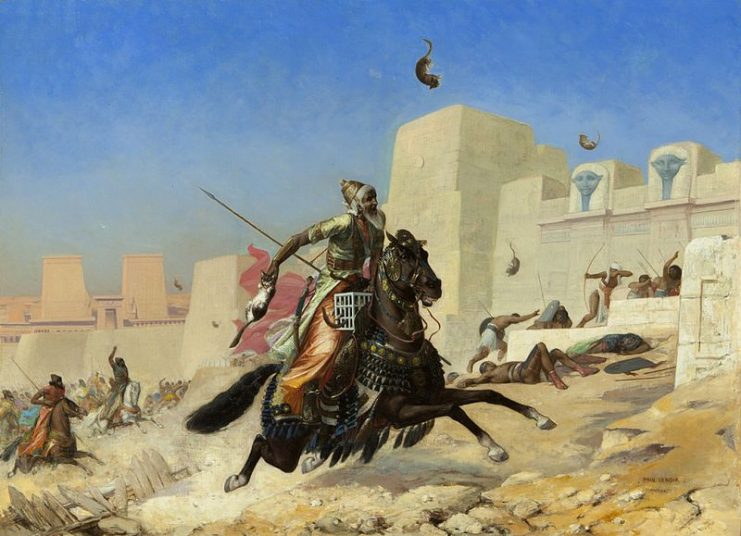
Tours
Fast forward to 711 AD. The Umayyad forces had invaded the Iberian Peninsula, spreading their influence in both Spain and France. They arrived at the River Loire in 732 AD and were forced by time and circumstance to slow down.
Charles Martel, a Frankish ruler and warrior, arrived at the village of Moussais-la-Bataille and launched an attack on the forces of Abdul Rahman Al Ghafiqi. He won, and the Umayyads retreated over the Pyrenees, eventually being pushed out of Europe.
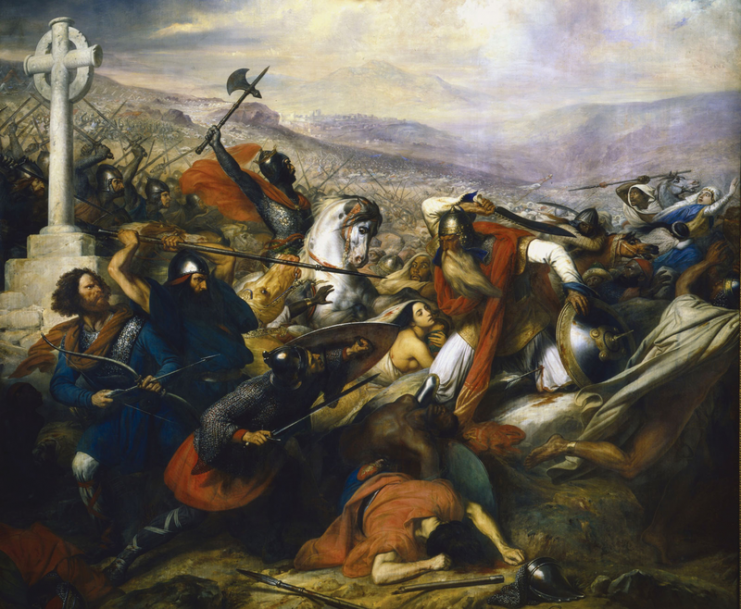
This battle was the first of many, but it is largely considered the catalyst that led to the future security of Christian Europe.
The famous historian Edward Gibbon says that, “Abd-al-Raḥmân did not move at once against Charles Martel, and was surprised by him at Tours as Charles had marched over the mountains avoiding the roads to surprise the Muslim invaders. Thus, Charles selected the time and place they would collide.”
Abd-al-Raḥmân was an excellent general, but his pre-battle preparation should have included an assessment of his foe’s strength, prior to invasion, accompanied by scouting out his enemy’s movements.
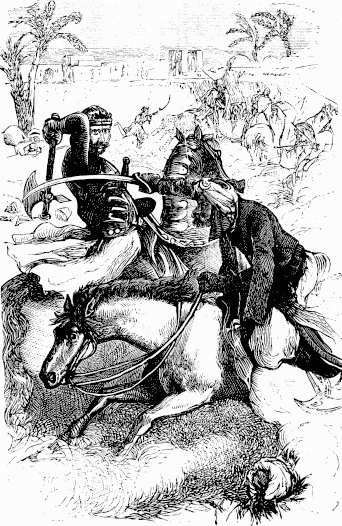
Hastings
They call him William the Conqueror. His most famous battle is the one that took place at Hastings on October 14, 1066.
The English, led by King Harold Godwinson, had the high ground on top of Caldbec Hill and William’s forces couldn’t punch through the lines. It was William’s singular genius that led him to fake a retreat to draw the enemy forward, which was was a common ruse used often by the Normans.
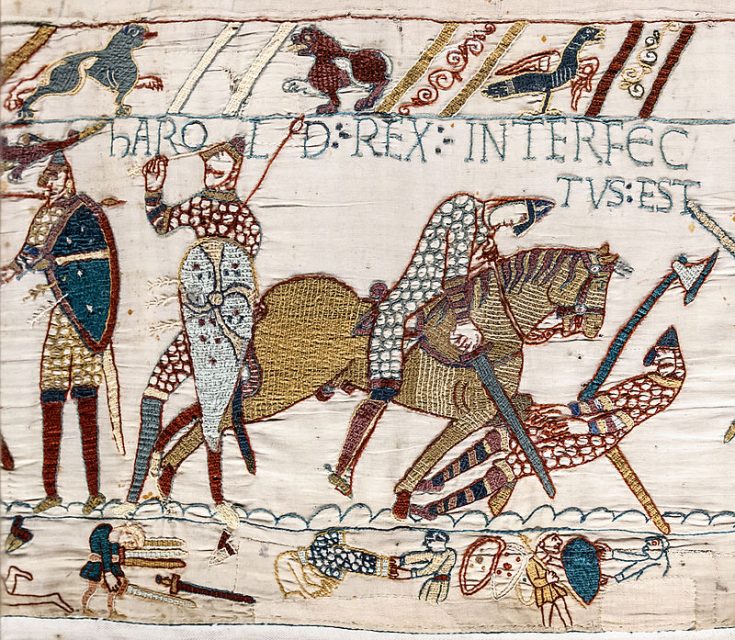
He thought next to send his cavalry against the shield wall and bash through the English line, but instead had his archers open at close range. They inflicted considerable casualties but suffered heavily from the stones and spears of the English.
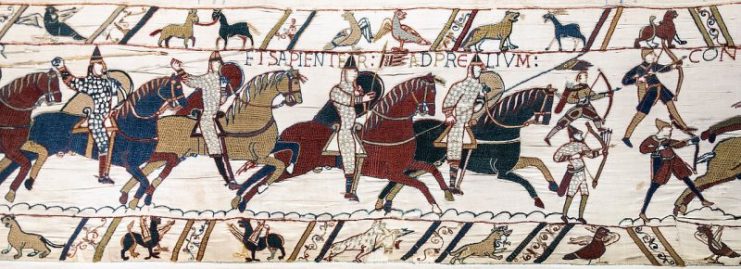
The cavalry came next, but they were repelled by English infantry, who wielded two-handed battle axes. Despite the difficulties, William’s forces persisted. Ultimately, the defense tired and found itself outnumbered.
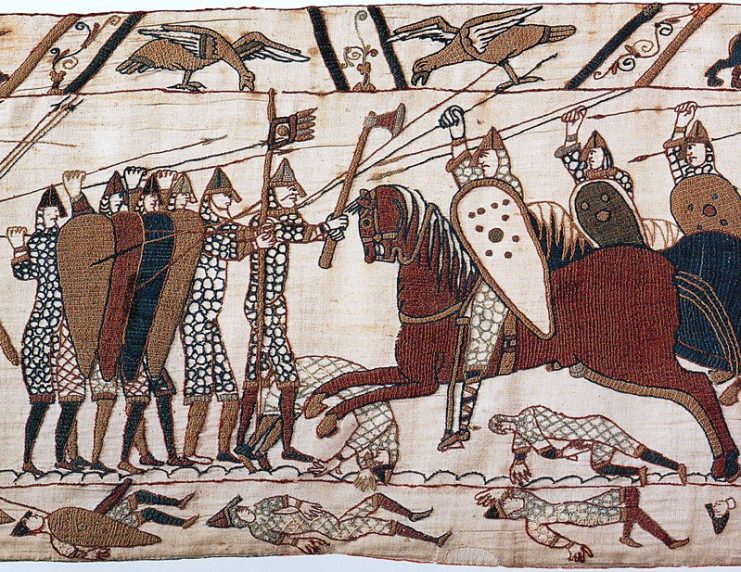
Harold’s brothers, Gyrth and Leofwine, fell and Harold himself died during the afternoon, struck in the eye by an arrow. To their credit, the English struggled on without their leader until sundown then broke. As night fell, the English lost discipline and William was declared the winner.
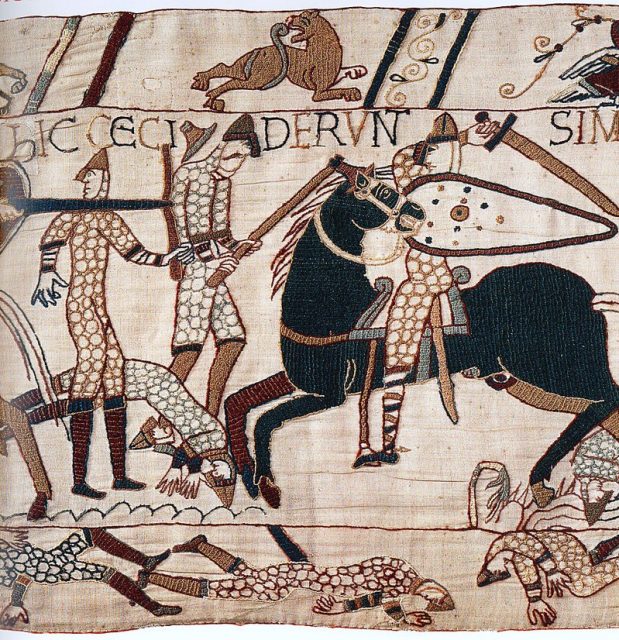
Napoleon’s Invasion of Russia
Never fight a land war in Russia in winter. It’s a running gag for Risk players spreading their red and blue tokens along a map with tenuous lines of conflict that pretend to be representative of real geographic and strategic points.
As absurd and funny as the joke is, the historical precedents are deathly real. It’s been tried by quite a few different would-be emperors over the years, but the first and arguably the most talked-about would be Napoleon’s attempt.
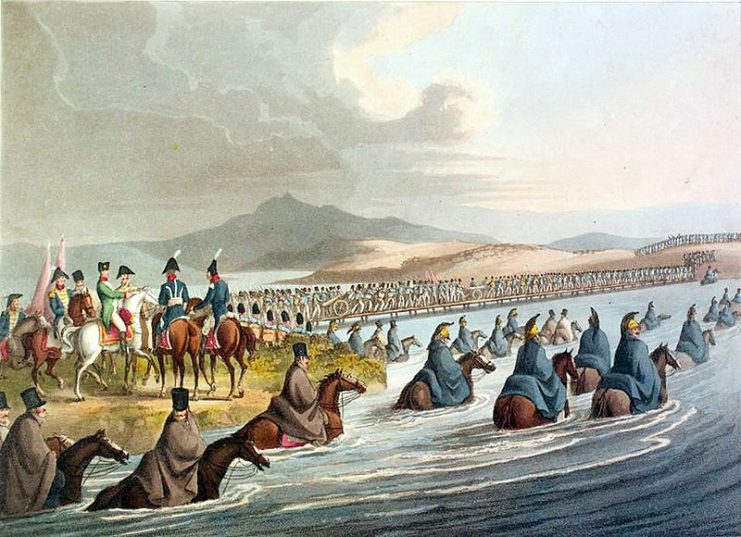
It was June 24, 1812, and Napoleon took his nearly 700,000 men into Russia to persuade Tsar Alexander I to cease trading with England. But Mother Russia is a cruel mistress, and the Tsar simply moved his forces back, letting the French gobble up towns and cities in preparation for winter.
As the summer heat turned to autumn chill, the Tsar burned his own fields to starve Napoleon and his men. When Napolean finally arrived at Moscow on September 14, he found his prize burning.
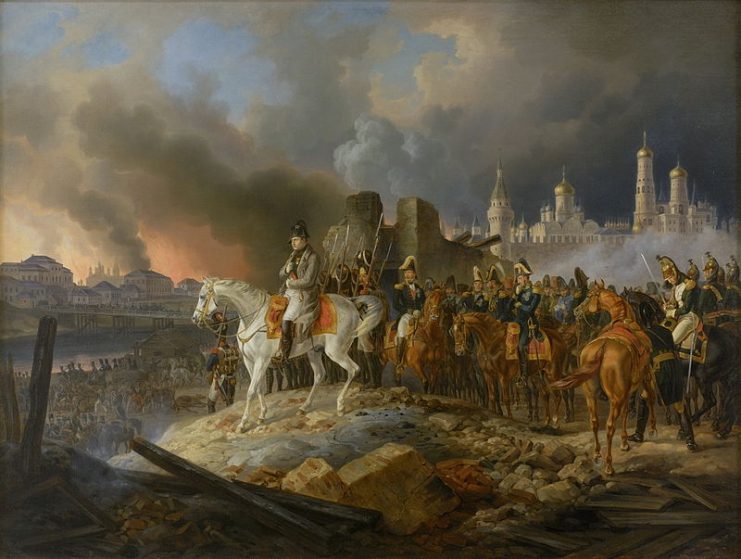
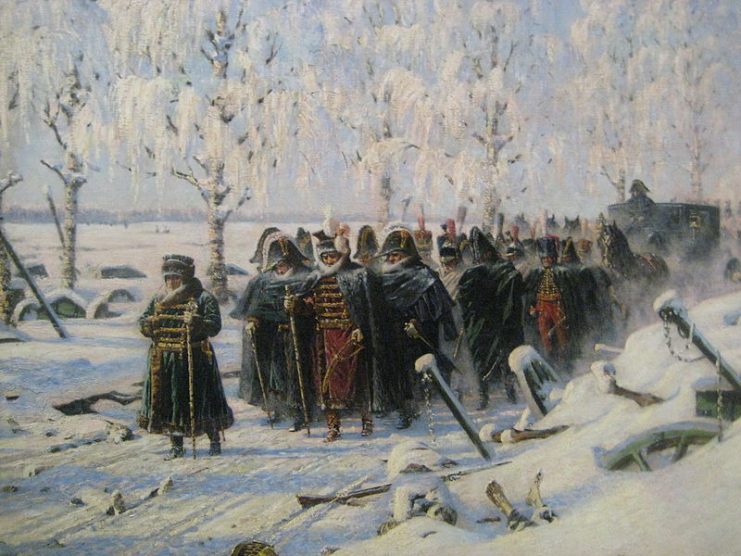
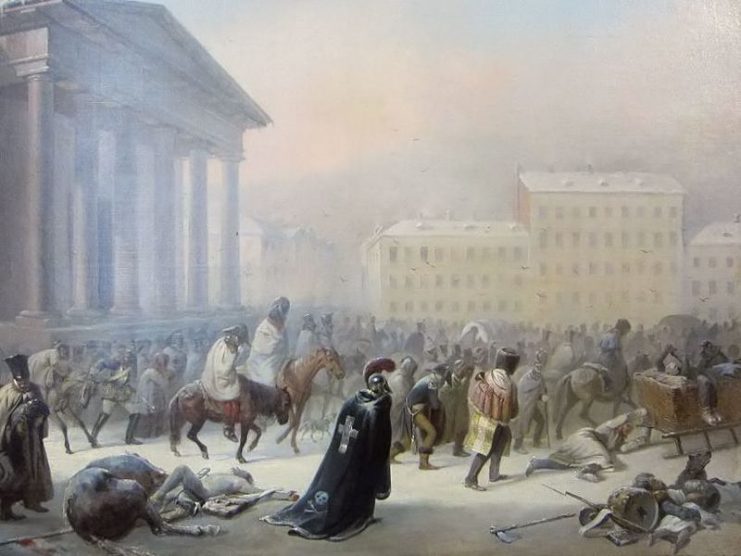
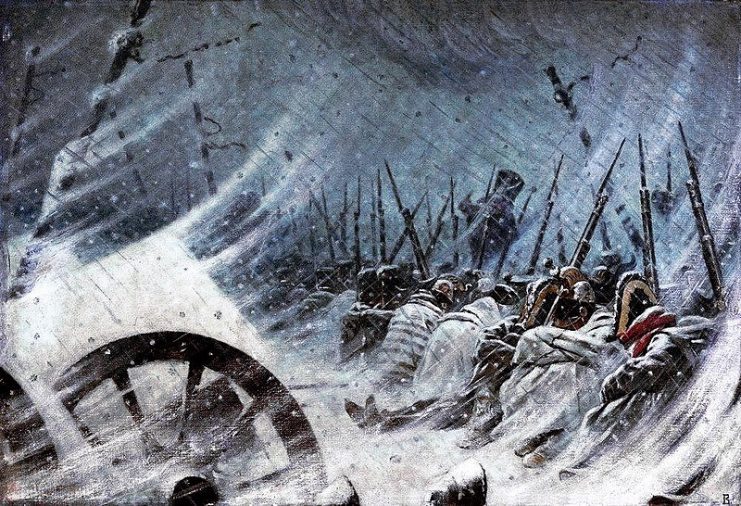
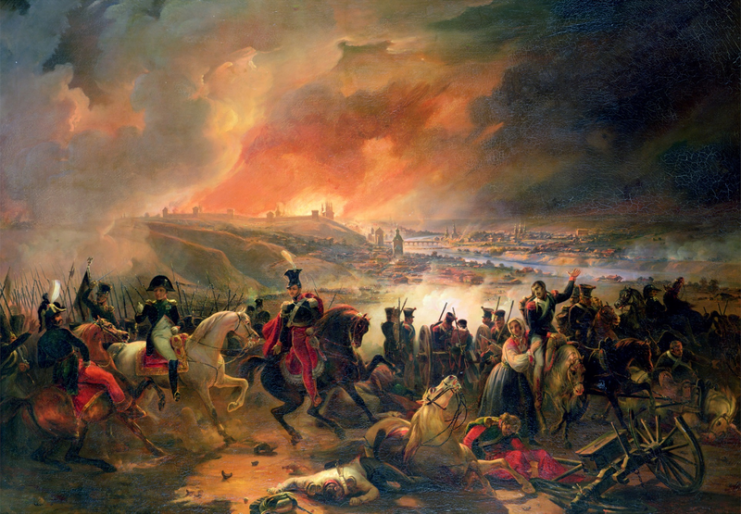
Read another story from us: How Napoleon Consolidated an Empire
Faced with the cruel reality of a Russian winter, he was forced to retreat and barely crawled out of Russia with a fraction of his forces still intact.
War is always tragic and any decisions made can have victorious or catastrophic consequences. The stories above have been repeated, modified, and repeated again. Perhaps someday, man will learn.
